If you look at a map of south-central Alaska, one thing becomes apparent: The Matanuska-Susitna Borough (Mat-Su) is kind of the crossroads of the region. It's where the Glenn Highway, which comes north out of Anchorage, splits: The Glenn Highway (AK Highway 1) proceeds on up the Matanuska Valley and ends up on Glennallen and on to meet the Alaska Highway at Tok; the Parks Highway (AK Highway 3) starts at Palmer and follows the Susitna Valley through Wasilla, Willow, and over Broad Pass to Denali and on to Fairbanks.
Now there is a proposal to throw a bridge across the Susitna and push a road out into western Alaska. This road will provide access to deposits of oil, copper, silver, and gold in the region, along with allowing a wealth of recreational access, but not everybody in the area is in favor of it.
“Everything Runs Through Us” was the theme of the Mat-Su Regional Spring Economic Summit hosted by the Greater Wasilla Chamber of Commerce April 24 and 25. Speakers lauded the Matanuska-Susitna Borough as the best place in Alaska to do business, but said it could be better.
The Mat-Su is also a good place to do business because it's lacking most of the social pathologies of big cities that seem to be finding their way into Anchorage in the last few years, but that's a story for another day.
Tim Smith, president and CEO of US GoldMining, says his company is working on a preliminary economic assessment to determine whether its Whistler Gold-Copper Project is financially viable. Drilling in 2023 confirmed the continuity of high-grade, near-surface minerals and demonstrated that the deposit extended beyond previous known boundaries.
The Whistler project is about 100 miles northwest of Anchorage, tucked behind the Tordrillo Mountains in the Alaska Range. A year-round camp exists about 10 miles southeast of Rainy Pass Lodge.
According to technical reports, the mine contains more than 6.5 million ounces, both indicated and inferred, of gold and about 1,133 million pounds, indicated and inferred, of copper, as well as an estimated 24 million ounces of silver, both indicated and inferred.
Smith told summit attendees that the time is right for proceeding with the mining project, but the key to development lies in the West Susitna Access Road.
The proposed road will run about 100 miles, starting near Knik-Goose Bay (KGB) Road near Wasilla, crossing the Susitna and proceeding west by northwest near Skwentna and then on to the Whiskey Bravo site.
It's an ambitious infrastructure proposal, but Alaska isn't new to big infrastructure schemes.
See Related: MUST WATCH: Guyana President Lights Up BBC Host Who Tries to Climate Shame Him Over Extracting Oil
Biden Admin Locking Down HALF of Alaska's National Petroleum Reserve From Energy Development
There are objections, and some of them have legitimate points. There are lodge owners west of the Susitna, for example, at the isolated community of Skwentna, whose stock in trade is the wilderness setting, and from the looks of the route, it doesn't seem that it would be all that hard to run a spur road down the Skentna River to that settlement and on to the Yentna River, making for easy fishing access — and tons of tourist traffic, which would irreversibly change the area.
The project is not without its detractors. Lodge owners whose businesses depend on the isolation and wilderness, along with others opposed to the road, teamed up to form the Alaska Range Alliance in 2022 and launched a $200,000 advertising campaign to block the project. The Susitna River Coalition, a group initially formed to oppose the Susitna-Watana Dam project, also opposes the road, as does Defend the West Su, a group that states on its website that an industrial road through the network of rivers and creeks coming from the Alaska Range would cause “irreversible harm to rivers, wetlands, and other critical fish and wildlife habitat across the Susitna watershed and waste millions of dollars the state cannot afford.”
However, one of the owners of a lodge in Skwentna is advocating for the road.
To advocate for the road, Skwentna Roadhouse owner Cindi Herman formed a coalition called Friends of West Susitna. The group argues that more Alaskans should be able to reach the area. Currently, the only road access west of the Little Susitna River is a winter-only trail to the Fish Creek Natural Resource Management Unit.
I'm in favor of the road myself, even if it won't be completed before my 70th birthday, most likely. It would open up tremendous amounts of land for easier access — land with great fishing and woods filled with moose, bears, and grouse. And the mining, too; I'm in favor of that. It would bring millions in revenue to the state and provide good-paying jobs for the young people in the area; that's something every rural and small-town community can use more of.
I'm as big a fan of wild places as anyone. Alaska is full of wild places. But there needs to be a balance, and I can't enjoy wild places that I can't get to. The western Susitna project would hit just such a happy medium.
All over the country, every day, communities face infrastructure development proposals like this. Every day, the usual environmental activists, many of whom rarely enter the actual environment, try to block them. With a bit of luck, though, the Mat-Su will get this one done.
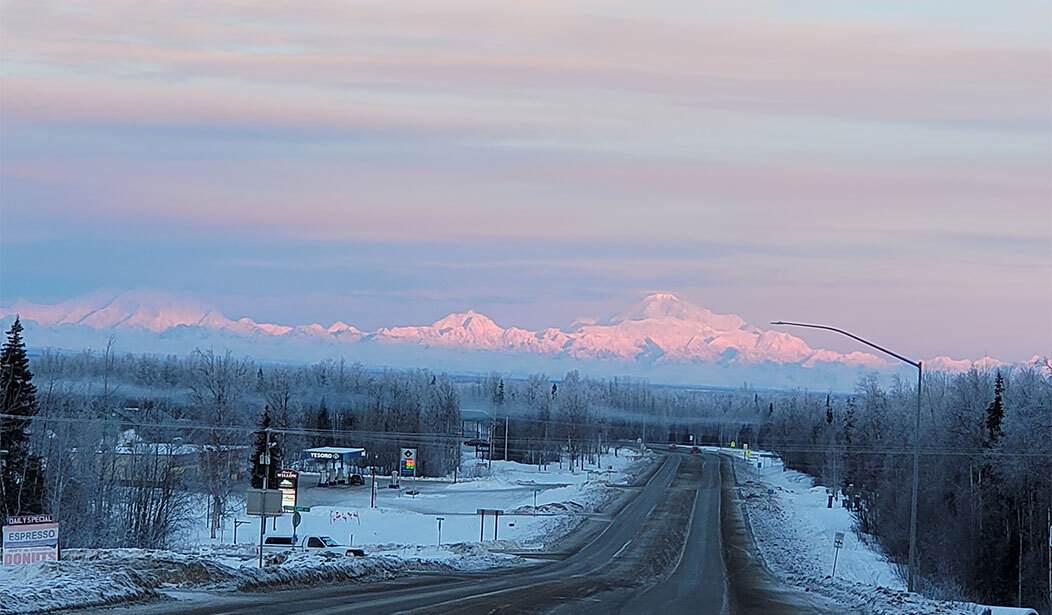

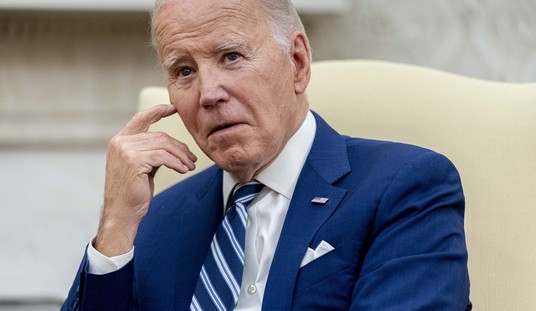


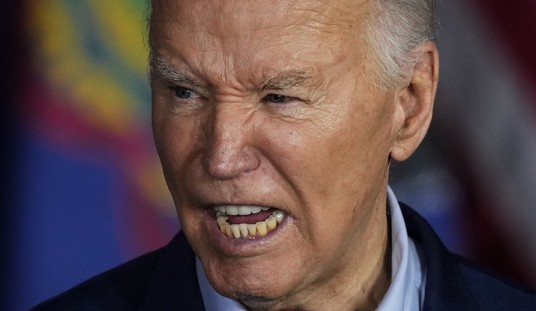


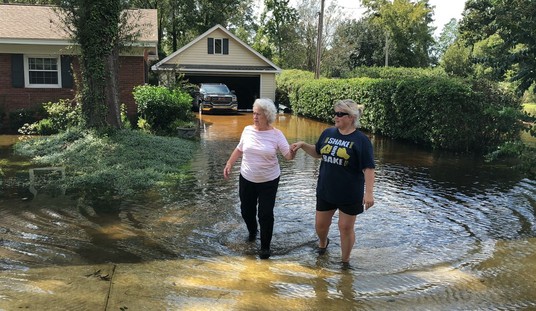
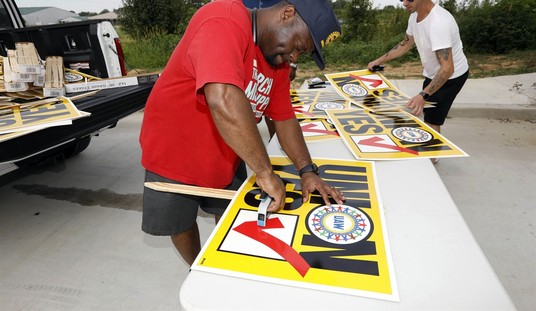

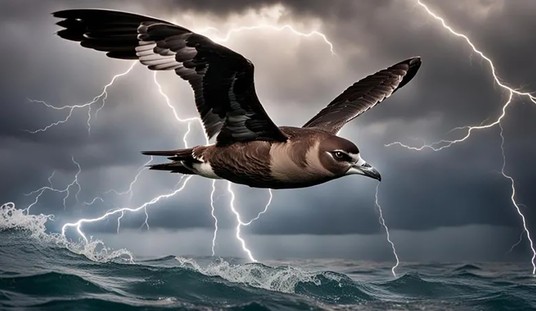


Join the conversation as a VIP Member